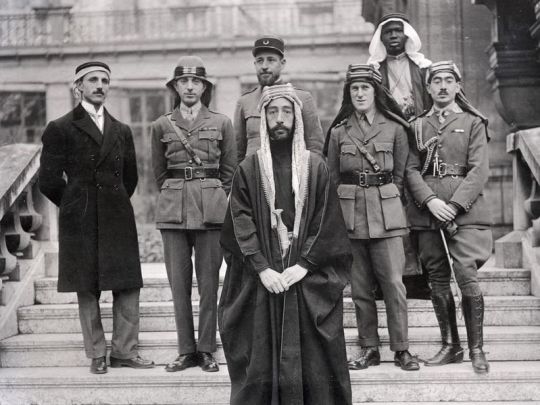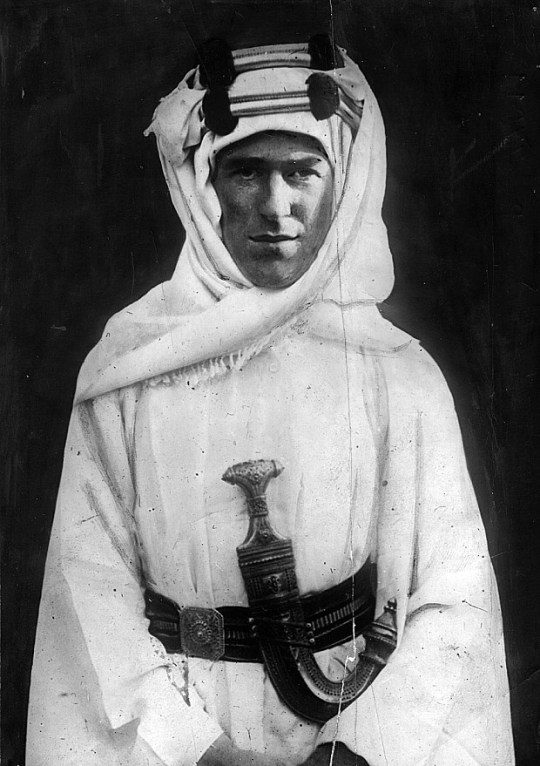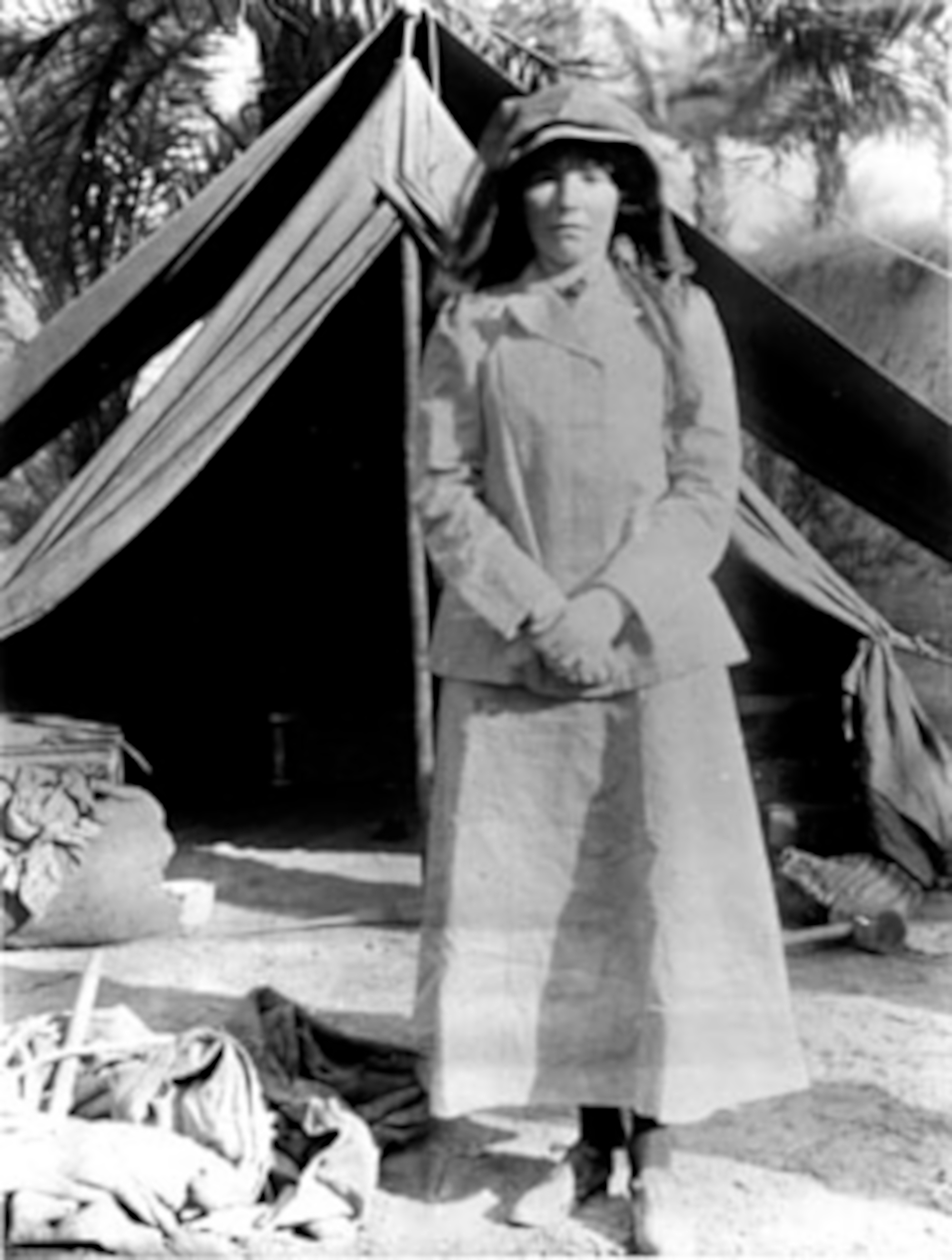When it rains here, it rains in torrents. It hammers my the corrugated aluminum roof and washes all the blown dirt that accumulated on it down into my courtyard. Rain makes things less clean, not more. It comes in the windows; everyone has at least one room in their house that leaks. It batters palm trees, shreds the petunias the city planted, soaks the banana fields and the date groves. Waves crash down the wadis, full of dead trees and mud from the mountains, and wayward cars, and assorted detritus. Somebody usually decides to swim in the wadi or try to cross it in their car while it's raining, and they often die.
British traveller Wilfred Thesiger wrote of a storm on his journey from Sulaiyil to Abu Dhabi in the late forties:
One night
there was a terrific storm, which started soon after dark and revolved
around us until dawn. On that bare plain there was no sort of shelter.
We could only lie cowering on the ground while the lightning slashed
through the darkness of driven clouds, and the thunder crashed about our
ears. I had placed my rug and sheepskin over my sleeping-bag. On other
nights these had kept me fairly dry, but tonight the weight of water was
too great to be turned aside. It flowed over me like an icy torrent.
Sometimes the rain stopped and I peered out to see, silhouetted against
the night by the almost continuous flashes of lightning, the dark shapes
where the others lay beneath their coverings, like grave-mounds on a
wet seashore; and the group of sodden animals, squatting tail to storm. [...]
Next
day was fine and sunny and our spirit rose as the sun dried our clothes
and warmed our bodies. My companions sang as we rode across sands which
looked as if they had been uncovered by an outgoing tide. They were
Bedu and it had rained, not scattered showers, but downpours which might
well have covered all the desert. ‘God’s bounty’ they called it, and
rejoiced at the prospect of rich grazing that would last for years. As I
rode across these interminable naked sands it seemed incredible that in
three months’ time they would be covered with flowering shrubs. Eskimos
enduring the cold and the darkness of the arctic winter can count the
days till the sun appears, but here in southern Arabia the Bedu have no
certainty of spring. Often there is no rain, and even if there is, it
may fall at any time of the year. Generally the bitter winters turn to
blazing summers over a parched and lifeless land. Bin Kabina told me now
that he only remembered three springs in his life. Occasional spring
times such as these were all the Bedu ever knew of the gentleness of
life. A few years’ relief from the anxiety of want was the most they
ever hoped for. It seemed to me pathetically little and yet I knew that
magnificently it was enough.
As
we rode along, the others spoke of years when it had rained, and bin
Kabina told me that never in his life had he known such rain as this.
Then inevitably they spoke of the great flood in Dhaufar of sixty years
ago. I had myself seen palm-trunks which had been jammed by this flood
eighteen feet up among the rocks in the cliffs of the Wadi Aidam, where
the valley was more man a thousand yards wide. We speculated as to how
many days it must have rained to produce this flood, which had occurred
in summer when it was warm. I wondered how long a man could survive such
rain in winter before he died of exposure. It rained again in the
evening and continued to do so intermittently for the next three days. - Arabian Sands, Penguin edition, p. 256.
People are
happy when it rains.
People are somewhat less happy when they get wet and their stuff gets wet and the streets are impassible and their car is possibly underwater, but still grateful for the rain, and it's an excuse to take the day off work.
It doesn't need to rain like this for long before stuff starts floating by my office window and the floors are wet and the handful of other people who showed up for work ask me why the heck I came in (I had a meeting. Our projects wait for no one. There was thunder and lightning and our windshield wipers don't work).
I posted the picture above on Instagram, worried about how I'd get home, and a friend said, بركة, يقال أن الدعاء تحت المطر مستجاب ("Blessings, they say that a dua made under the rain will be answered"). And also, "You can tell I grew up in the desert ."
This isn't the high desert Wilfred Thesiger - loved isn't a strong enough word. عشق, شغف, شهوة,
هيام, maybe. He craved it and returned again and again to be consumed by it and in a sense he tried to possess it and keep it from changing - which I cannot abide, because I love this country too and because I have been the object of a more powerful person's love.
Object is the key word there. That sort of 'love' doesn't allow the object to be fully human and changeable with a will and desires of their own, just an idealised image and an experience centered around the subject. Orientalism and that sort of possessive, controlling love alike are all about the viewer, not the viewed, much as the viewer likes to pretend otherwise. Cf. chivalry.
Thesiger records in
Arabian Sands that the Omani bedouin and other Arabs who helped him were often without food or clothing or medical care or education or hope of a better life. It annoyed Thesiger that the Arabs were constantly sponging food off him, but they did it because they were hungry. They were improving their lot
through him. That is why it's (still) traditional to feed visitors so much; they might starve otherwise (they may not starve these days, but I have so many times been glad to be fed a hot meal when I'd been living for so long on not enough dry bread and tea). Ibn Kabina, Thesiger's orphaned teenage companion, gave another man his loincloth because he had nothing, but bin Kabina at least had Thesiger and so a way to support his family.
It is very easy to fall in love with a place and want it to stay just the way it was when you first saw it, if you are a foreigner with foreign financing for food and camels and you don't have to suffer under local conditions permanently, or as much as the locals do. You can leave, even if you don't want to and would lose something beloved in leaving. The world is larger, for you. Yes, heritage has been lost and Oman has paved roads and hospitals now and Dubai has morphed into a science-fiction dystopia city with an uncertain future - but quality of life has been gained.
He writes in the prologue to
Arabian Sands:
A cloud gathers, rain falls, men live: the cloud disperses without rain, and men and animals die. In the deserts of southern Arabia, there is no rhythm of the seasons, no rise and fall of sap, but empty wastes where only the changing temperature marks the passage of the year. Is is a bitter, desiccated land which knows nothing of gentleness or ease. Yet men have lived there since the earliest times. Passing generations have left fire-blackened stones at camping sites, a few faint tracks polished on the gravel plains. Elsewhere the winds wipe out their footprints. Men live there because it is the world into which they were born; the life they lead is the life their forefathers led before them; they accept hardships and privations; they know no other way.
The Omanis I know are mostly from villages, but living in the city; the old village with its date palms and banana and papaya trees and maize and irrigation channels still exist, but they don't depend on agriculture to feed themselves anymore. Rain does not mean life or starvation for as many people as it used to, or not as directly and immediately as it used to now that they live in the city, but it's still very important. As everywhere.
The courtyard of the hospital has water features, designed I believe to look like irrigation channels:
They even have beds of (decorative) plants next to them, like in the village:
These canna lilies are standing in three inches of water. When it's not cold and muddy and drowned, it looks very clean and inviting, especially when it's above forty celcius and people have travelled a long way and waited a long time. A lot of patients come here from the provinces, where the health care isn't as good. I've seen bedouin families camping in the outer parking lots.
I have never seen anyone bathing in the fountains or drinking from them, but there are signs up to discourage people. The water may look pretty and blue and clean, but it's chlorinated and not clean at all, especially now, after the rain, when it's full of mud.
They're addressing both men and women for once so I guess I'll have to find somewhere else to make wudhu, darn.
A popular dua for rain:
(
source)
اللهم اسقينا غيثاً مغيثاً مريئاً نافعاً غير ضار
Allah quench us with helpful, healthy rain, beneficial and not harmful (sometimes added:
now and not later).
When it rains, simply:
اللَّهُمَّ صَيِّبَاً نَافِعَاً
Allah may they be beneficial rain clouds.
And if it rains too much:
اللَّهُمَّ حَوَالَيْنَا وَلَا عَلَيْنَا اللَّهُمَّ عَلَى الْأَكَامِ وَالْأَجَامِ وَالظِّرَابِ وَالْأَدْوِيَةِ وَمَنَابِةِ الشَّجَرِ
Allah let it rain around us and not upon us. Allah let it rain upon the hills and mountains and forests.



























